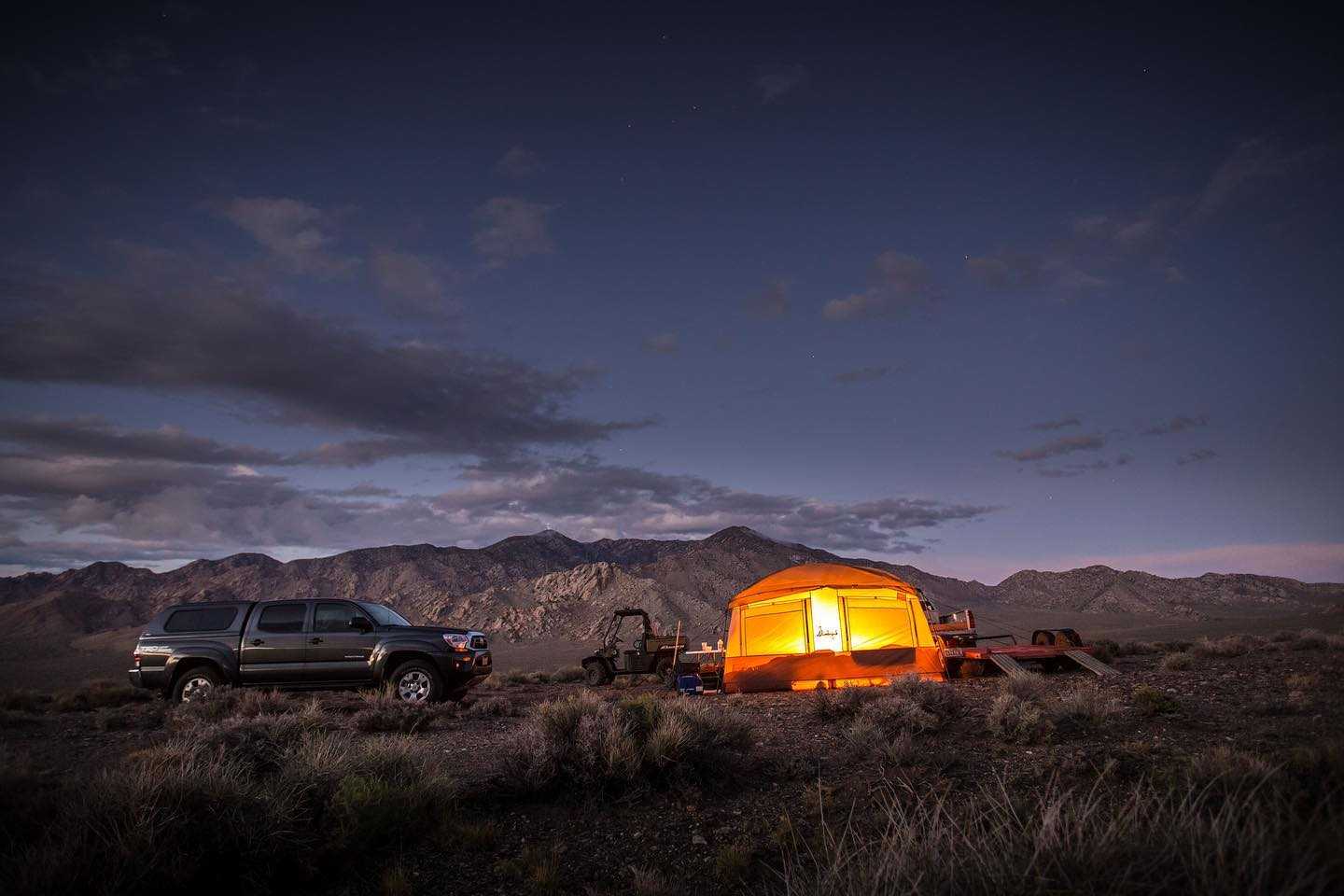Sep 22, 2020
BEST WHITETAIL DEER HUNTING STATES
Everybody has an opinion on what makes up the best whitetail deer hunting states. Oftentimes, “best” correlates directly with “highest harvest.” But should we always base our opinions solely on kills? Let’s go beyond the harvest report and look at a few of the best whitetail deer hunting states that are known for their abundance of public land, accessibility, affordability, and yes, trophy bucks.
Nebraska
Let us just say, Nebraska is a fun state to hunt no matter what you’re after. While the big, wide open country can be challenging for those who choose to chase whitetail deer in the Cornhusker State, especially with a bow, the reward can be oh-so awesome. Nebraska has all the qualities that make up one of the best whitetail deer hunting states. It has an abundance of public land, most of which doesn’t get too crowded during the archery season. Or, if you get there later, say during blackpowder, simply walk farther off the road than your counterparts and you’ll quickly find yourself with thousands of acres of prime deer habitat and not another human for miles.
A non-resident archery or blackpowder rifle tag is $242; only $37 for in-staters. Stable management over the past several years has resulted in an increase in an already prolific whitetail deer herd that resides in the eastern part of the state. With all the high-protein crops like soybeans, the untold millions of acres of corn, and acorns from oak trees that also provide cover and protection from wind, the deer in Nebraska are living pretty high on the proverbial hog. If you’ve never seen a sunrise or sunset on a clear day on the Great Plains, you are in for an absolute treat. For those who carry a camera with them, you’ll be delighted to find that the Nebraska light will add an element to your photography that you won’t find in the east.
 Missouri
Missouri
One thing that public land whitetail deer hunting requires that you can’t get from Google Earth or onX is in-person, persistent scouting. What drives deer during the season is food, the rut, and hunting pressure. When you get to Missouri, make sure to add a few days to your schedule to scout prior to hunting. Even just driving around public land access areas will tell you what’s happening in the way of hunting pressure.
The top five archery hunting counties in Missouri are Jefferson, Franklin, Saint Louis, Callaway, and Wayne. The non-resident will pay $265 for a license in Missouri no matter the method of hunting. If you’re coming in from out of state, dedicate 7-10 days if you can. This will give you an opportunity to narrow your focus to certain areas where there are fewer hunters, and in turn, more deer.

Tennessee
Don’t discount the Volunteer State for really good whitetail deer hunting. With Wildlife Management Areas (WMAs) that range from the lowlands in the west up to high altitudes in the Appalachian Mountains in the east, there is ample accessibility for those willing to put in the time and effort.
Just east of Memphis in Fayette County, along the Wolf River, is a honey hole called Wolf River WMA. Fayette County has long been known among Tennessee bowhunters to produce quality bucks. The county also has a healthy population with a high annual harvest rate.
The Cumberland Mountains in eastern Tennessee provides the backdrop for one of the most beautiful areas the state has to offer. In fact, the 189,000-acre North Cumberland WMA encompasses much of the area, making it one of the largest areas open to deer hunters. While it will require some work, hiking up and down mountains and wading creeks, it is easy to forget the toil when just around the next bend is a vista leading to some of the most beautiful sites in the world. If you’re able to channel your inner Daniel Boone, hunting North Cumberland is truly an adventure to behold.
Arkansas
Arkansas is one of the most sportsman-friendly states in the entire country. For many of us, when we hear the word “Arkansas” we think about ducks in the Delta. Well, the golden days of duck hunting in the Natural State are behind us. But for the deer hunter, who has about 4.5 million acres of public land at his disposal, another era in Arkansas is beginning.
A non-resident five-day hunting license, which grants its holder three deer tags or two turkey tags, is only $180. With a success rate over 60%, and the fact that of the total number of deer taken annually a good majority are mature bucks, you may put Arkansas atop your list of places to go this coming season.
 Oklahoma
Oklahoma
The Oklahoma deer population is really stout. In fact with increased bag limits on does, hunters are encouraged to harvest more antlerless deer to help even the buck-to-doe ratio. With nearly four million acres of public land and an annual tally of about 200,000 deer hunters, Oklahoma is very accessible. Plus, more than half of those hunters reported having killed deer.
Additionally, the Wildlife Deparment's Deer Management Program (DMAP) now helps landowners intensively manage deer herds on private land. This extra assistance in managing deer is not only great for landowners, it helps public land deer hunters as well. Mature bucks are consistently taken on public land in Oklahoma.
A non-resident deer archery tag, which is valid October 1 through January 15, is $300. With ample camping opportunities and the accessibility of driving to this centrally located state, the total cost shouldn’t set you back too much.
It’s never too late to plan an out-of-state deer hunt for this season. So if you’re itching to get out and see new country this fall and winter, look to these aforementioned states that provide great deer populations and some peace of mind that you won’t have to compete with half the nation to hunt there.
